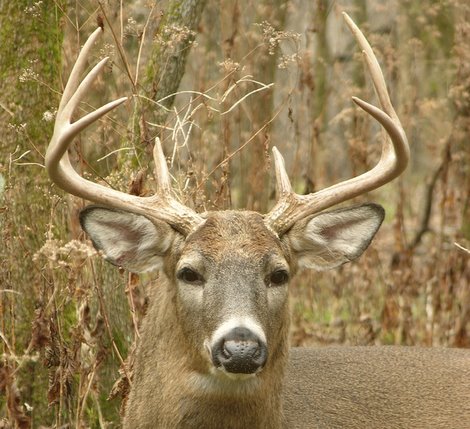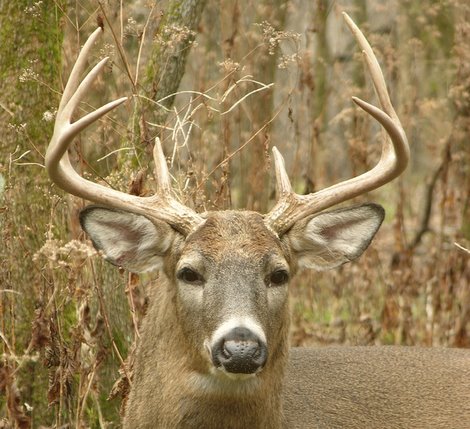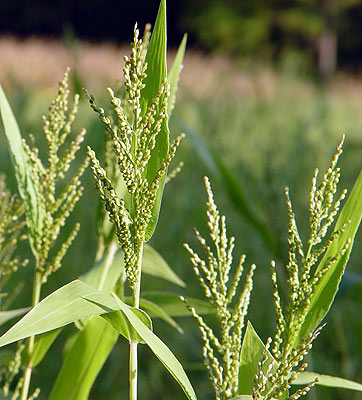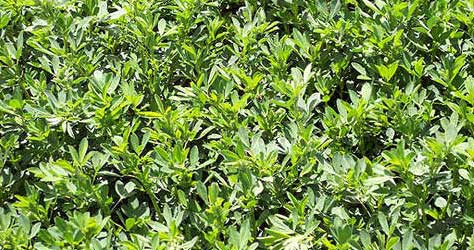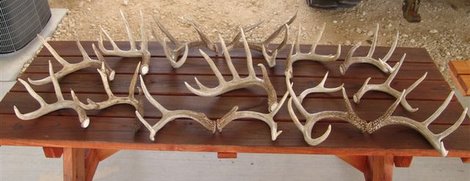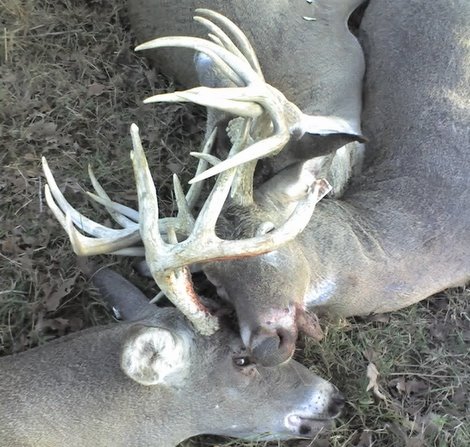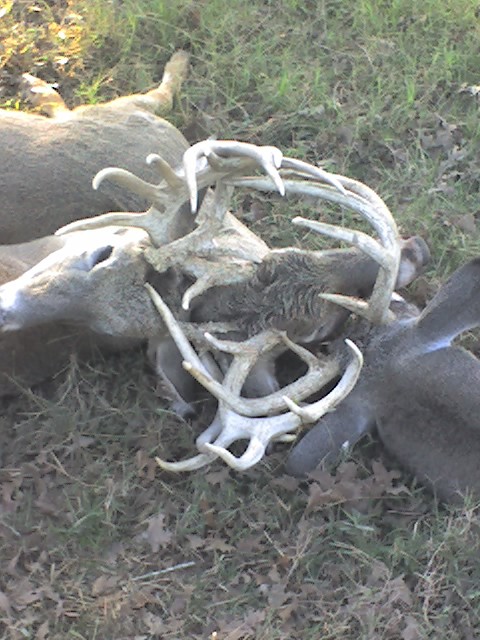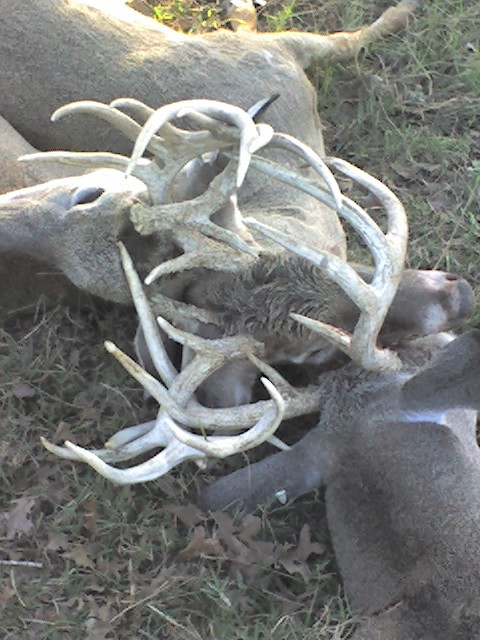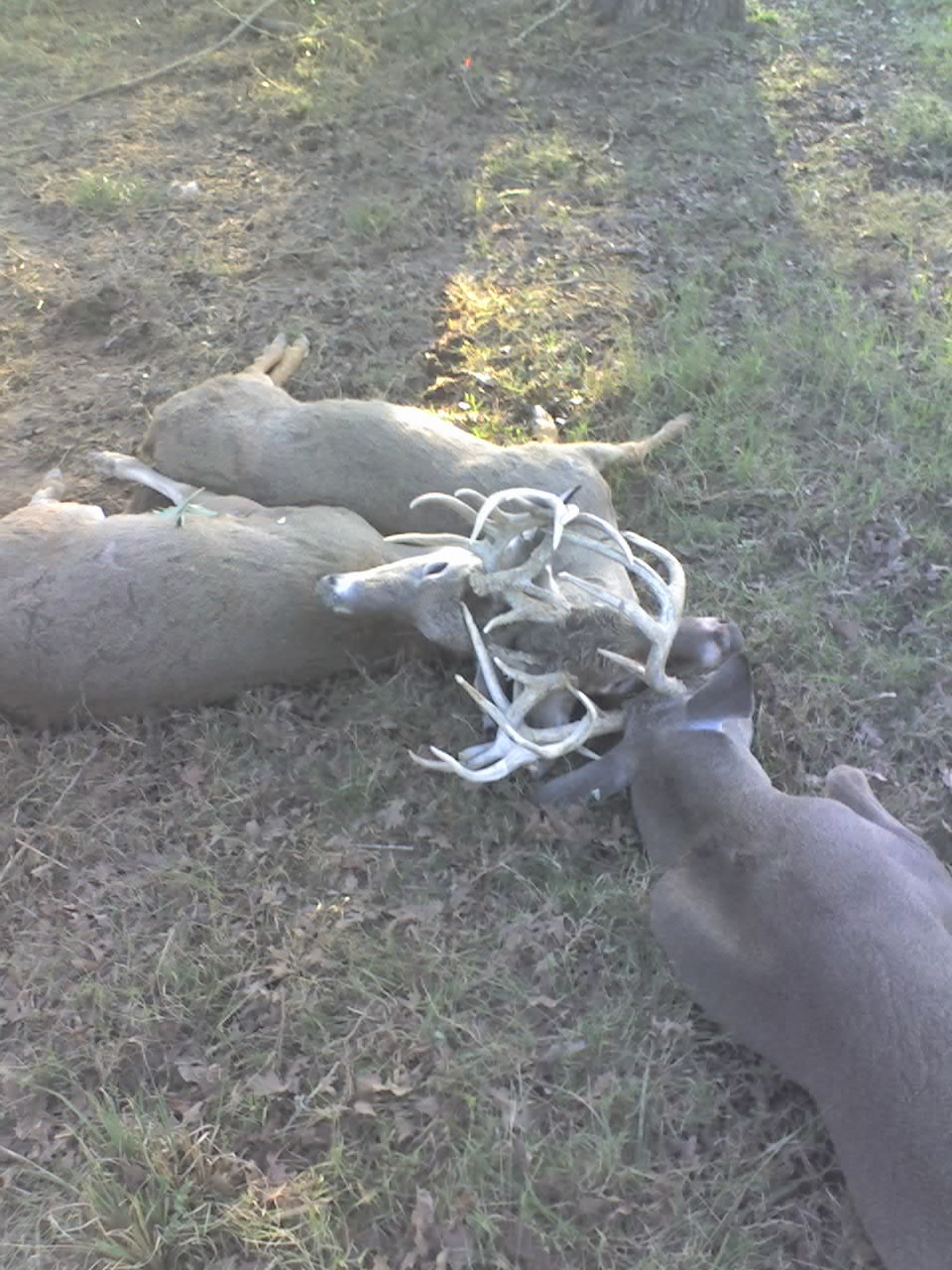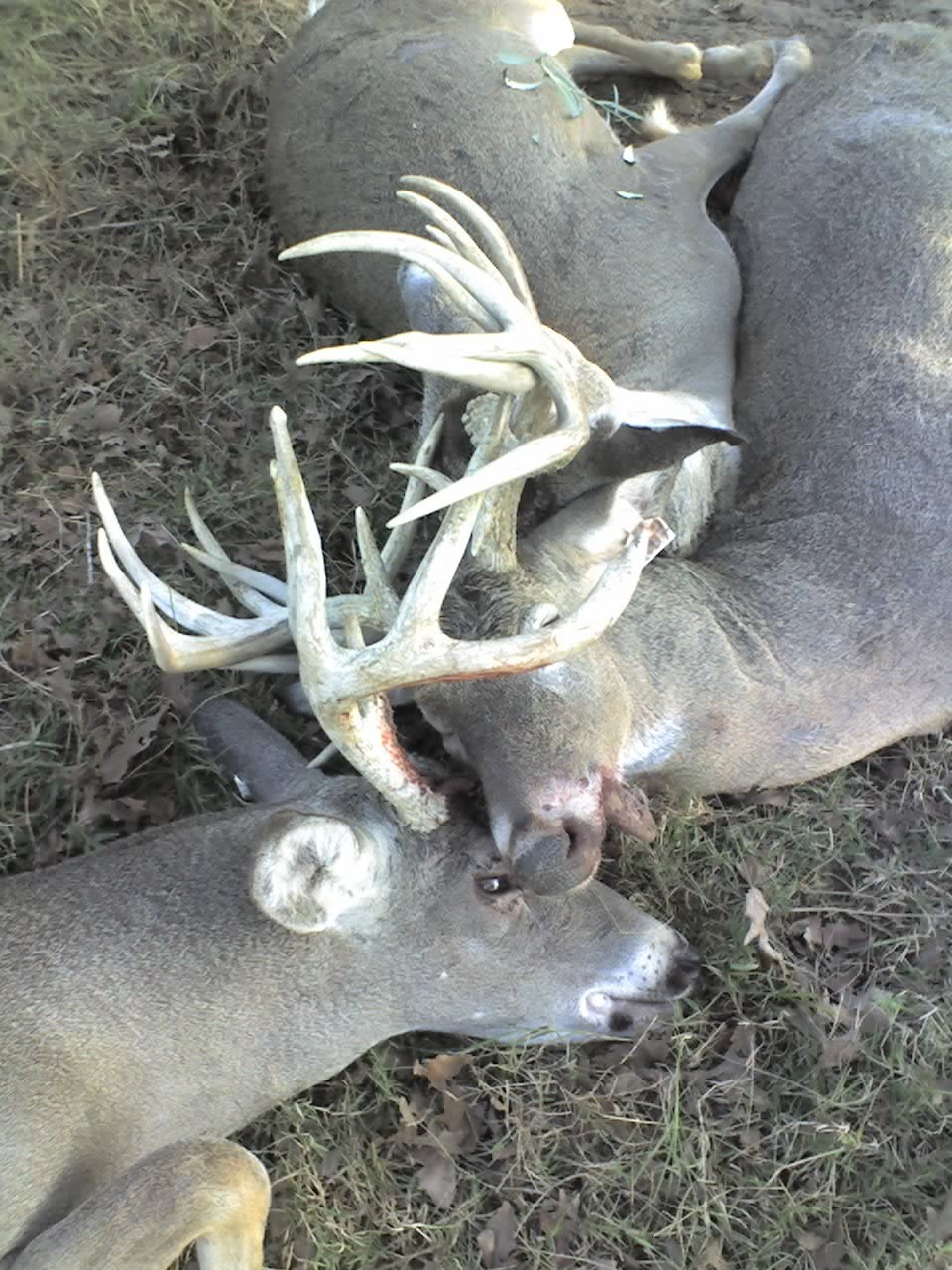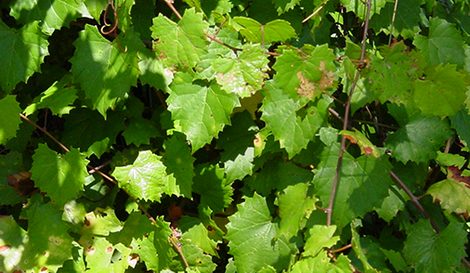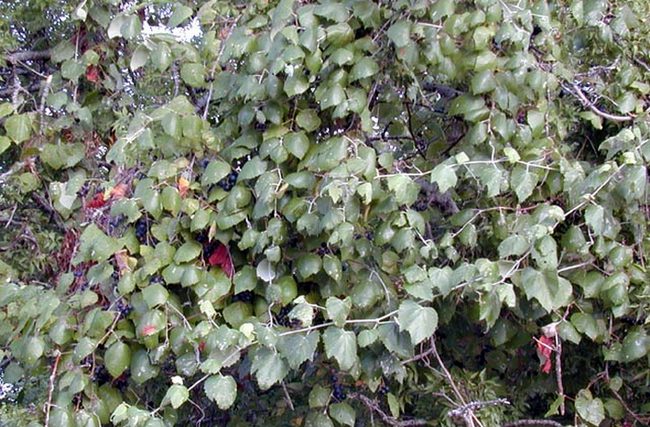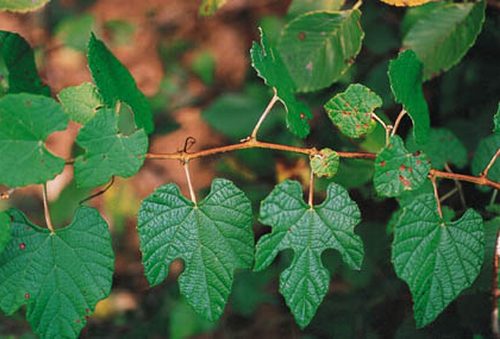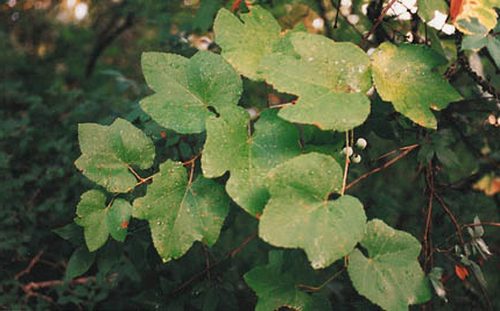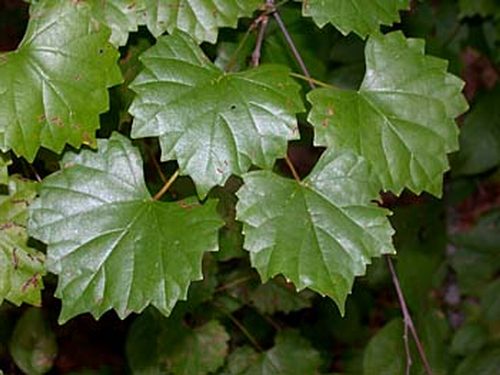In general, white-tailed deer generally live within a home range of approximately one square mile. However, this range can increase during the breeding season, especially for bucks. Unless your property is high-fenced, a deer’s daily movements within that home range throughout the year often results in movements into habitat found on more than one adjoining landowner.
As a result, it is important to understand that landowners share individual animals. For this reason, the potential for successful white-tailed deer harvest management diminishes as landownership size decreases. It makes sense that as the size of individual ranches continues to decrease throughout an area, effective and meaningful management can be a challenge.
Fragmentation of habitat often results when changing land uses occur on adjoining tracts of land that were once uniform rangelands or woodlands. The increasing cost of land and the desire for folks to have just a small “piece of heaven” only increases fragmentation issues. Continue reading “Managing White-tailed Deer on Fragmented Land”
